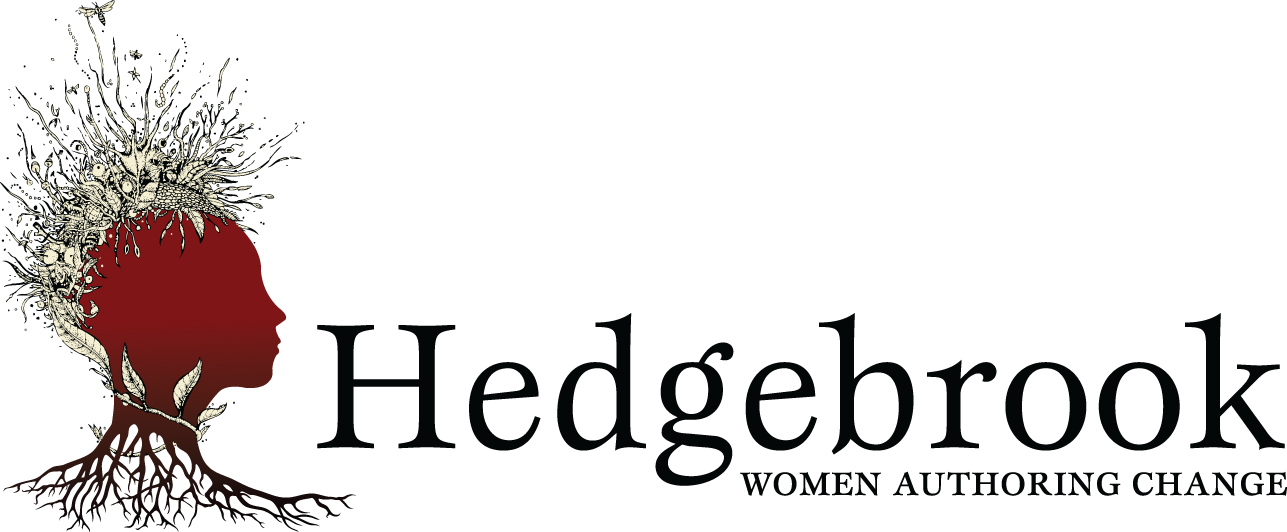Zen and the Art of Llamaturgy
For several years now, I’ve been on a joy kick. I’ve wanted to really understand the nature of it, to get inside it, to unpack it. Last summer at the LMDA conference (Literary Managers and Dramaturgs of the Americas), at an open-session conference, we were adding topics onto a big board with a list of offered sessions. These topics ranged from “How to build and diversify your audience” in room 3D to “Recent adaptations of classics” in 4F to, well, everything from A-Z. All very interesting and worthwhile topics, but not what I wanted to talk about. I wanted to talk about J.O.Y. and I needed to talk about it outside. We were in BANFF, for Pete’s sake! You don’t talk about joy in a windowless room when a view of mountains bathed in sunlight was just on the other side, waiting to be embraced. So I posted my three-letter word, said it was taking place outside, and set up a couple of chairs on the patio, hoping that I’d have at least a few attendees at my party, if not quite enough for a minivan. (Can you guess where this is going? I didn’t…)We had to keep bringing out more chairs. Something about the word joy, just the very notion of it, just seeing it up on the board, people wanted to be around it. The very word joy was a magnet. It was contagious. At the end of the conference, when our facilitator asked the reconvened group to name some of the surprises that occurred over the conference weekend, one dramaturg mentioned that she was surprised by two things: one, how many people attended the joy session, and two, how no one ever spoke about joy in relation to their daily work.Wow.But what did happen in that session was that people dropped in, dropped down to a new level. They spoke from a place that tapped into spirit and soul and heart and philosophy. They spoke their truths, or sought them out. I got to know my colleagues better in those 90 minutes than I had over years of conferencing. Now, 90 minutes later, in the sun, looking out on the mountains, talking about joy, I knew them anew. It’s not surprising that researchers have found sunlight and natural settings to have a profound effect on our moods. What is surprising is how little our (who?) work allows for this profundity. I’m not advocating for melanoma; don’t get me wrong. But I do wonder whether we need to get out more, so to speak. So I decided to risk it, and go outside. The office at Hedgebrook is in a farmhouse. When I look out the window, I see llamas. When I leave the property at the end of a work day, I see a llama head rise to greet me, or see a protective parent gallop alongside the fence as I drive by. Sometimes, I just see a llama butt as they are bent over, eating. For whatever reasons, these sights bring me great joy. I’m outside now more than I ever have been before in my workday life. Here at Hedgebrook, I might have my weekly check-in meeting with Amy Wheeler, the ED, while she throws a ball to Mathilda, her dog. Mathilda catches the ball, rolls in a puddle, and comes running back to us to throw it again. And again. She is in the moment, and so are we, and it’s pure joy. I might walk the 48 acres of Hedgebrook’s property with a writer who is trying to synthesize her tireless and tiring year as an activist artist. Our conversation deepens as we walk further into the forest.Philosopher Charles Taylor wrote, “Nature draws us because it is in some way attuned to our feelings, so that it can reflect and intensify those we already feel or else awaken those which are dormant. Nature is like a great keyboard on which our highest sentiments are played out. We turn to it, as we might turn to music, to evoke and strengthen the best in us.” Wordsworth once said, “Art is emotion recollected in tranquility.”Over these last five years, I have been blessed to be able to turn to nature, to tranquility, to turn to this music that has both evoked and strengthened the joy in me. I can now actually talk about joy in relation to my work, because my work is how I live.This I know, as a llamaturg.* Excerpted from a longer piece in the Journal of America Voices New Play Institute's HowlRound.
